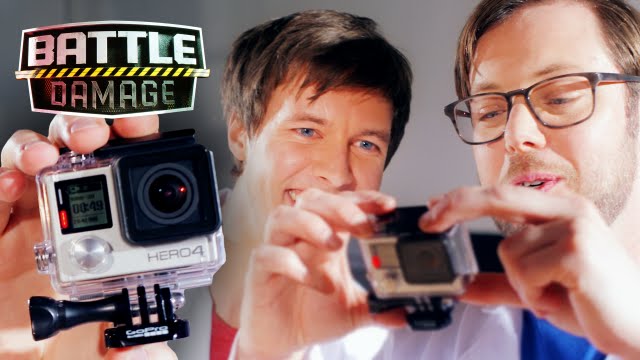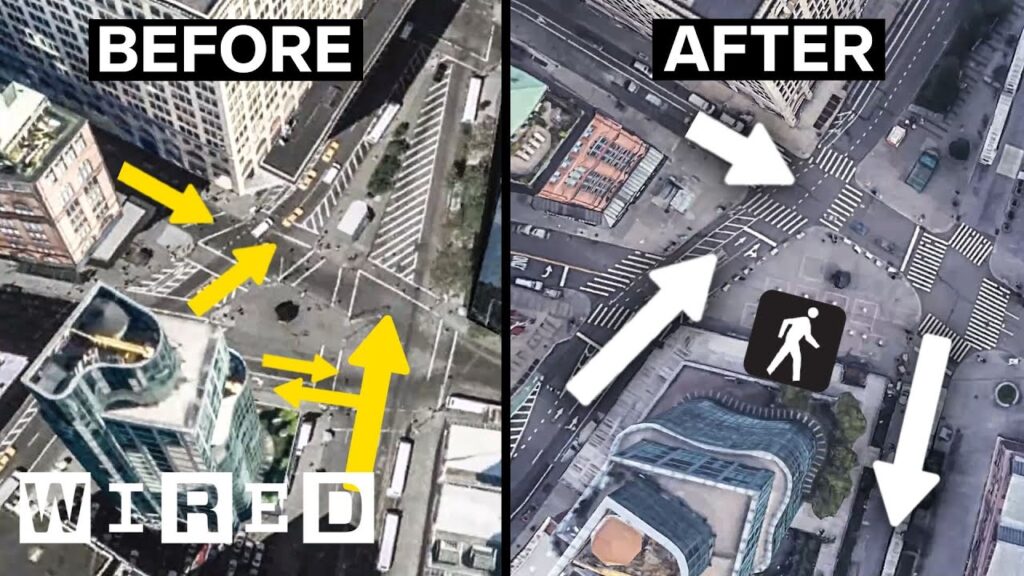The Art and Science of Muzzle Flashes and Interactive Lighting in Movies
Summary
In this article, we will delve into the technicalities of creating realistic muzzle flashes and interactive lighting in movies. The speaker advises being cautious with exposure values, glow, and diffusion while creating muzzle flashes. The interactive lighting should also be handled carefully to avoid looking fake. We will also discuss the process of dividing visual effects work among different studios for long-sequenced movies and the technique of de-aging actors for movies.
Muzzle Flashes and Interactive Lighting
Creating realistic muzzle flashes in movies is both an art and a science. The speaker highlights the importance of considering exposure values, glow, and diffusion while creating muzzle flashes. Exposure values should be adjusted based on the lighting conditions of the scene, while glow and diffusion should be used to create a realistic effect.
Interactive lighting is another aspect of VFX that requires careful handling. The speaker advises VFX artists to pay close attention to the lighting conditions of the scene and to use interactive lighting in a way that looks natural and believable. This requires a great deal of attention to detail and a deep understanding of how light behaves in different environments.
Dividing VFX Work Among Different Studios
Long-sequenced movies often require the involvement of multiple VFX studios to handle the workload. Each studio can handle specific aspects of the movie, such as character effects, atmospheric effects, or location effects. However, it requires a great deal of scrutiny from the film’s visual effects supervisor to ensure that all the shots feel like they belong to the same movie stylistically.
De-Aging Actors for Movies
The technique of de-aging actors for movies has become increasingly popular in recent years. The process involves using computer graphics to simulate a younger version of an actor. However, it is still time-consuming and requires extensive planning and detail. There are also performance level considerations to take into account, such as whether to have the older actor perform as the younger actor or to use a performance in a more controlled environment.
The challenge with using computer graphics to simulate human beings is the complexity required to convince humans that the synthetic human is real. VFX artists who are parents may introduce their children to the techniques used in filmmaking gradually, depending on their level of interest.
Conclusion
Creating realistic VFX in movies requires a great deal of attention to detail and a deep understanding of the art and science behind it. From creating realistic muzzle flashes to dividing VFX work among different studios, filmmakers must carefully consider every aspect of VFX to make it look believable and natural. As technology continues to evolve, we can expect to see even more impressive VFX in movies in the years to come.







